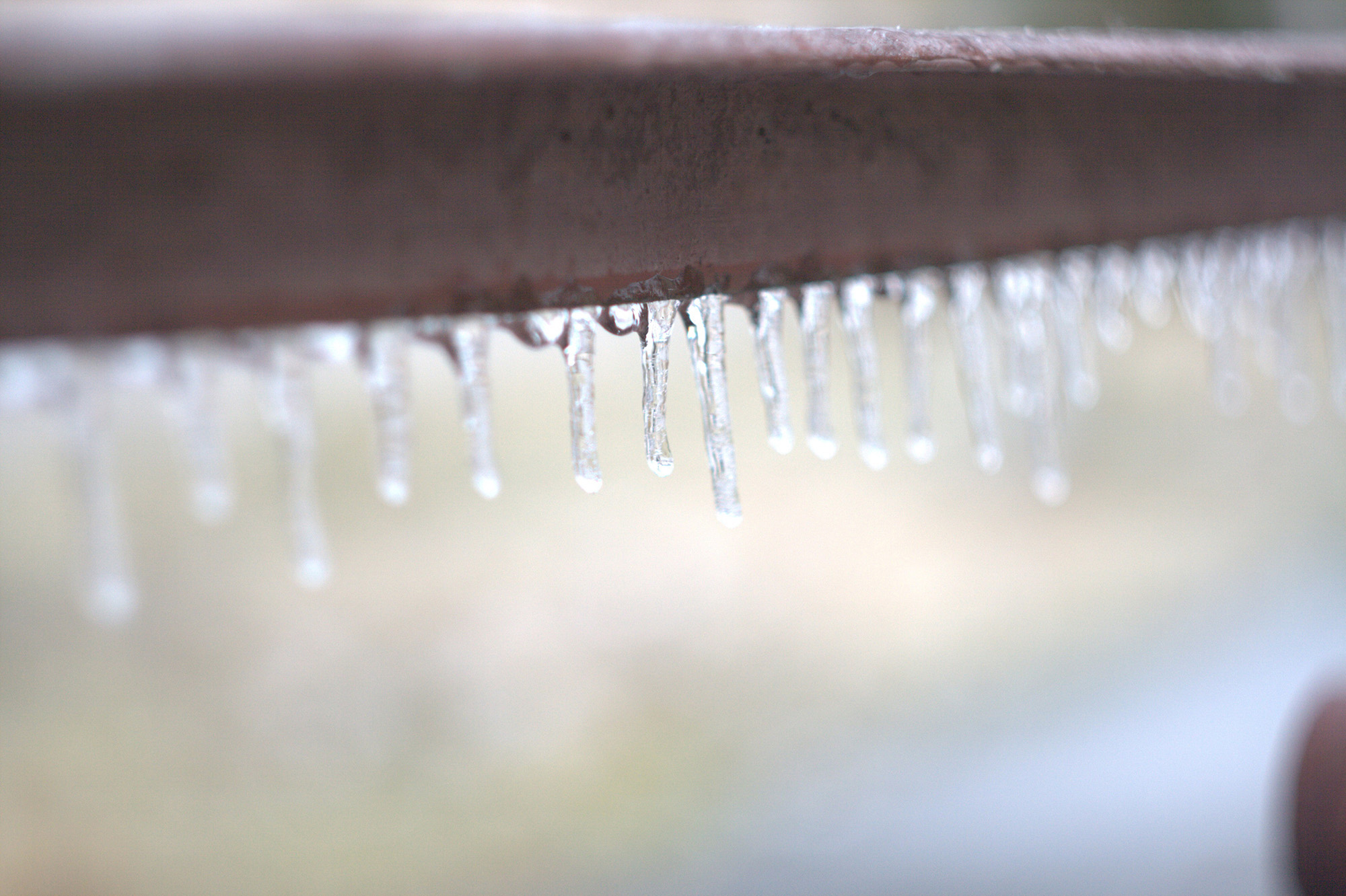
Don’t Let Frozen Pipes Impact Your Facility
December 7, 2022
With the third phase of the La Nina weather cycle kicking into gear, winter weather in areas of North America is predicted to be harsher than usual this year. With that cold weather comes an increased probability of frozen pipes.
Frozen pipes that burst can cause widespread damage throughout a facility. Water damage resulting from a burst can cause cessation of business until the problem is resolved.
For those that have dry-pipe sprinkler systems providing protection for their building, the most common failure that results from frozen piping is low points that have not been drained. Not all dry systems are equipped with low-point drains, but most are, and it’s the responsibility of the property owner to make sure these are maintained. The sole purpose of these low-point drains is to allow water trapped in system piping to be removed for below-freezing temperatures.
For those that have wet-pipe sprinkler systems providing protection for their building, the most common failure that results in frozen piping is heaters in areas like riser rooms that have not been turned on after temperatures start to drop.
To keep your facility up and running regardless of the temperature, consider the following proactive steps to guard your fire sprinkler system against the problems and pitfalls of freezing.
- Keep a list handy of all low-point drains for your dry sprinkler system(s) and their locations. If the location of all low points is unknown by the property owner, it is important to walk room to room to generate this list. A low-point drain can be anywhere in a building but are commonly found in closets, mechanical rooms, mop sink rooms, above grid ceilings, and resident rooms. If you have found a drain that you are unable to identify, contact SafeCare® and we will be able to provide confirmation.
- When draining these low points, confirm that only air is being pushed from these locations. For drains found to be holding water, drain frequency should be increased and made a priority until only air is pushed through. If you find that no air or water is draining, the line is frozen or clogged and needs to be cleared immediately.
- Confirm all sprinkler riser rooms are properly heated during winter months. Neglecting to do so can result in main system components freezing and cracking or bursting.
- Consult with a SafeCare® professional before turning heat off to any portion of your facility. Many sprinkler systems keep from freezing from the radiant heat provided in the spaces below them.
- Confirm that your entrances and exits have provisions made to maintain temperatures above freezing. It is a common occurrence that sprinkler lines located between two sets of doors freeze when not adequately heated.
- If your dry sprinkler system activates for any reason when temperatures are below freezing, it is important to drain the system and its low points as soon as possible. This should be done as soon as the fire department has deemed the building safe from fires. SafeCare® will then be able to assist with the remainder of the draining process and restoring the system.
If you lose heat in your building, you should make every attempt to restore it as soon as possible, using generator backup if necessary. Only drain your sprinkler system if you have exhausted all efforts to heat the building and notify fire officials that you have done so.
SafeCare®—We’re Here for You Before and After the Freeze
As winter approaches, many facility managers are being proactive about system piping and water-related systems. At SafeCare®, we can help you be better prepared for the upcoming colder temperatures so your facility can stay up and running and to reduce potential damage caused by frozen pipes.
We offer inspections of your fire equipment, including sprinkler systems, to ensure they are in proper working order. We also offer inspections and maintenance of generators to ensure that, if the power goes out, you will be able to keep your facility adequately heated to protect pipes from freezing. In addition, we provide generator rentals to help your business maintain power if you don’t have a generator or your current generator fails.
Sometimes things happen, even with the best planning and prevention in place. If you experience burst pipes, we have experienced technicians on hand to repair and replace pipes and other equipment that may have been impacted by frozen pipes. Contact us today to learn more or to schedule an inspection.